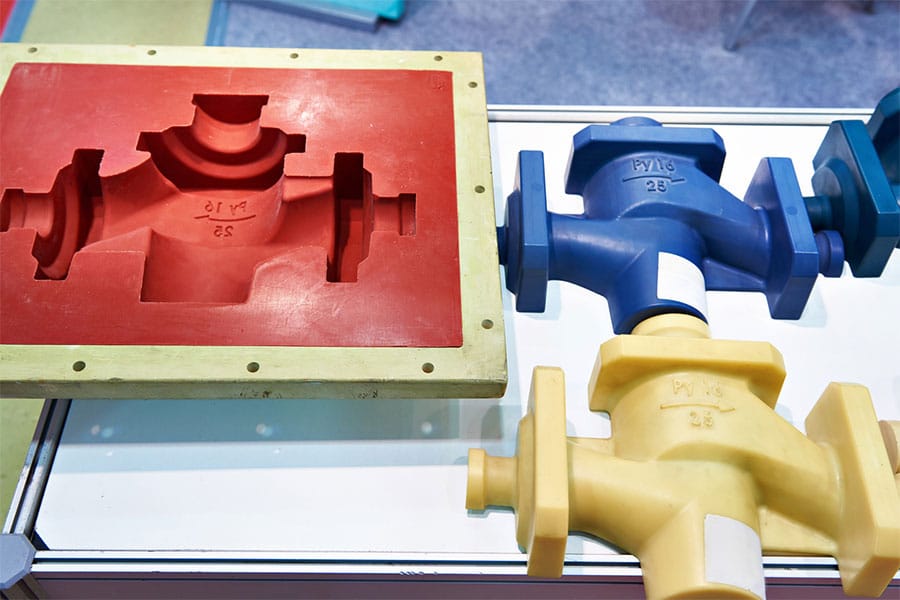Ensuring Quality and Consistency in the Molded Rubber Product Manufacturing Process
Rubber products have developed into a necessary component in many industries, and the production process is crucial to maintaining the quality and uniformity of these items. The process of molding, which transforms raw materials into precise shapes and sizes, is at the center of the creation of rubber goods.
The Process of Rubber Molding
Rubber items are produced using the precise and complex molding process. It entails the following crucial actions:
Raw Material Preparation: Depending on the precise properties needed for the finished product, the process starts with choosing the right rubber material, whether synthetic or natural rubber.
Mixing: To obtain the desired properties, such as hardness, flexibility, and resistance to heat and chemicals, the chosen rubber material is mixed with a variety of additives, including curing agents, accelerators, and fillers.
Molding: After the rubber compound has been well mixed, it is put into a silicone, plastic, or metal mold. The desired rubber product's precise shape and dimensions are used in the creation of the mold.
The rubber is vulcanized by heating the mold to a specified temperature, which activates the curing chemicals and transforms the rubber into a sturdy and long-lasting material.
Demolding: The finished product is taken out of the mold once the rubber has dried and hardened. Trimming off the surplus material, sometimes referred to as flash, creates a final shape that is clean and exact.Various Molds:
In the process of molding rubber, there are three basic categories of molds used:
Molds for compression: These molds are frequently employed for large, straightforward goods. To achieve vulcanization, the rubber material is poured directly into the mold, which is then sealed and heated.
Injection Molds: For elaborate and complex-shaped items, injection molds are employed. In order to ensure accurate filling of the mold, the rubber compound is heated before being injected into the cavity of a closed mold.
Transfer Molds: A transfer mold combines aspects of an injection mold with a compression mold. A plunger is used to transport the rubber compound from a chamber into the heated mold cavity.Upholding Consistency and Quality:
To fulfill industry standards and customer expectations, it is essential to manufacture rubber products with high standards of quality and consistency. Companies take the following steps to ensure this:
Materials are rigorously tested by businesses to make sure they are of high quality and appropriate for the intended application.
Regular quality control inspections are carried out during the molding process to keep an eye on elements including temperature, pressure, and curing time.
Precision Molds: To produce products with consistent dimensions and surface finishes, high-quality molds are required.
Crew: Maintaining consistency in production processes depends heavily on having a skilled and experienced crew who have an eye for quality control and .Worldwide Production
Asia is where most rubber products are made, with China being the biggest manufacturer. Due to its capacity for large-scale production and cost advantages, it is now a significant player in the world market for rubber manufacturing. India, Thailand, and Indonesia are some of the other nations in the region that considerably increase global production of rubber goods.
Using a local company like Pesti Rubber Manufacturing in Michigan allows for better rubber consistency, more predictable lead times, and fewer headaches for your business that depends on quality rubber parts.

